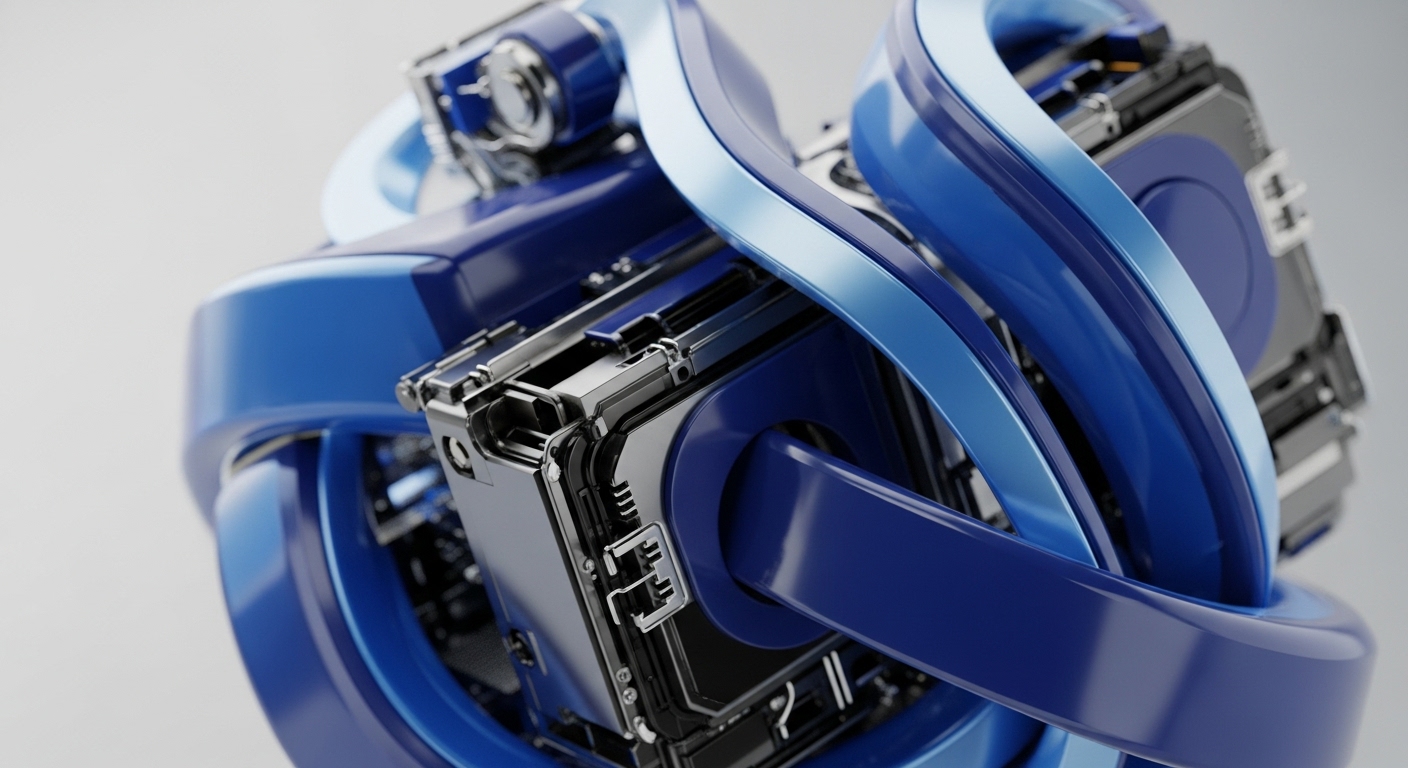
Briefing
UP Protocol has launched, signaling a new era for decentralized finance by addressing previous iterations’ inherent sustainability challenges. This DeFi 4.0 framework introduces a deflationary token model and a “Dual-Turbo Engine” for self-evolving growth, fundamentally altering capital efficiency and user incentive structures within the ecosystem. The protocol’s strategic integration with CoinUp.io, a prominent crypto derivatives platform, aims to accelerate global adoption and liquidity, with its IEO (Genesis Bond) initiating on October 3, 2025.

Context
The decentralized finance landscape has long grappled with a prevailing product gap characterized by short-term yield farming incentives, fragile security architectures, and a lack of sustainable economic models. Many early DeFi protocols prioritized rapid asset accumulation, often overlooking the long-term value retention and systemic risk mitigation necessary for robust financial infrastructure. This environment created significant user friction, including exposure to impermanent loss, vulnerability to smart contract exploits, and the challenge of identifying protocols with genuine, enduring utility beyond speculative returns. The market required a paradigm shift towards models prioritizing security, transparency, and long-term value.

Analysis
UP Protocol directly impacts the application layer by fundamentally altering liquidity provisioning and user incentive structures through its DeFi 4.0 paradigm. The core innovation lies in its deflationary token model, which ensures long-term scarcity and value retention for the native UP token, moving beyond the inflationary pressures common in many yield-generating protocols. The “Dual-Turbo Engine” further differentiates its system, creating mutually reinforcing loops across staking, market-making, and promotional activities. This design fosters self-evolving growth momentum, providing a more robust mechanism for capital attraction and retention.
For end-users, this translates into a more stable and predictable value proposition, mitigating the risks associated with transient high-yield opportunities. Competing protocols, particularly those reliant on inflationary token emissions, face increased pressure to innovate their economic models or risk losing liquidity to UP Protocol’s sustainable framework. The integration of AI intelligent tools for strategy optimization and on-chain risk control establishes a higher standard for operational efficiency and security, directly addressing critical vulnerabilities that have plagued the DeFi space.

Parameters
- Protocol Name ∞ UP Protocol
- DeFi Paradigm ∞ DeFi 4.0
- Core Economic Model ∞ Deflationary Token
- Growth Mechanism ∞ Dual-Turbo Engine (Staking, Market-Making, Promotion)
- Governance Model ∞ Decentralized (Token Holder Participation)
- Security Features ∞ Audited Smart Contracts, On-Chain Risk Control, AI Intelligent Tools
- Strategic Partner ∞ CoinUp.io
- Launch Event ∞ IEO (Genesis Bond) on October 3, 2025

Outlook
The forward-looking perspective for UP Protocol involves its potential to become a foundational building block for a more mature Web3 financial network. Its emphasis on sustainability and risk management provides a blueprint for future DeFi protocols seeking to attract both crypto-native and traditional investors. The strategic partnership with CoinUp.io positions UP Protocol for rapid scale and adoption by leveraging existing market channels and a global user base.
This innovation could be copied by competitors, leading to a broader shift towards deflationary and AI-enhanced risk management models across the DeFi sector. The next phase of the product’s roadmap likely involves expanding its cross-chain compatibility and asset aggregation capabilities, further solidifying its role as a bridge between crypto and traditional finance.
